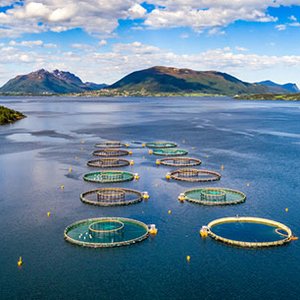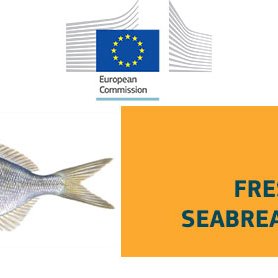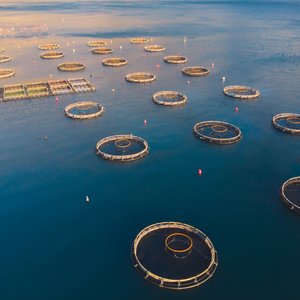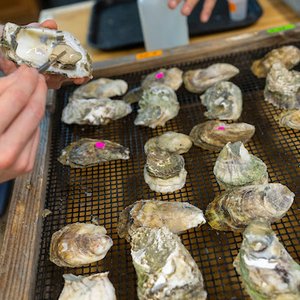With ever-growing concerns over climate change, disease outbreaks, market fluctuations and other uncertainties, species diversification has become an increasingly prominent strategy for sustainable aquaculture development. Policy and planning on species diversification require a holistic, sector-wide perspective to assess the overall prospect of individually promising species that may not be entirely successful when competing for limited resources and markets. The historical experiences of species diversification in global aquaculture can provide guidance for the assessment.
FAO paper, Benchmarking species diversification in global aquaculture, develops a benchmarking system to examine species diversification patterns in around 200 countries for three decades to generate information and insights in support of evidence-based policy and planning in aquaculture development. The system uses “effective number of species” (ENS) as a diversity measure that is essentially equivalent to, yet more intuitive than, the widely used Shannon Index. A statistical model is established to estimate a benchmark ENS for each country and construct a benchmarking species diversification index (BSDI) to compare a country’s species diversification with global experiences.
Key results are presented and discussed in the main text and more comprehensive results are documented in Appendix II. The benchmarking system can be used in foresight analyses to help design or refine future production targets, including species composition, in policy and planning for aquaculture development. An example is provided in Appendix I to help practitioners better understand and utilize the system.
Check out the paper here.













